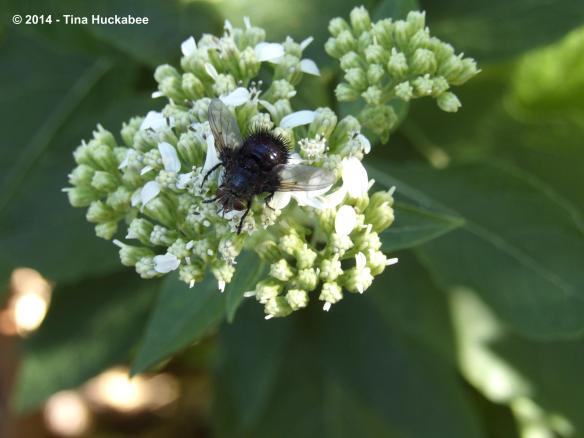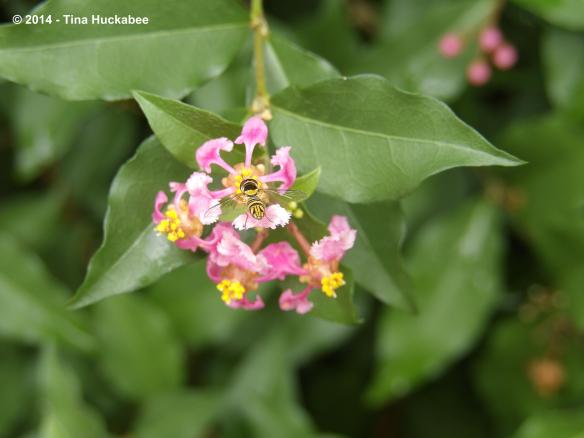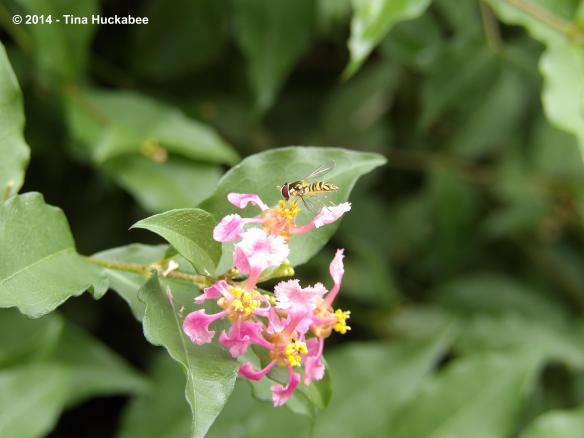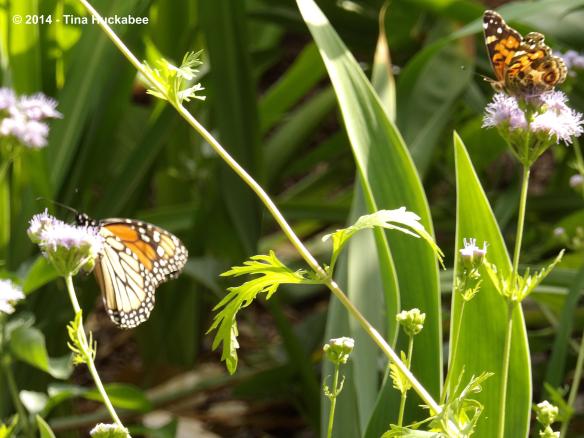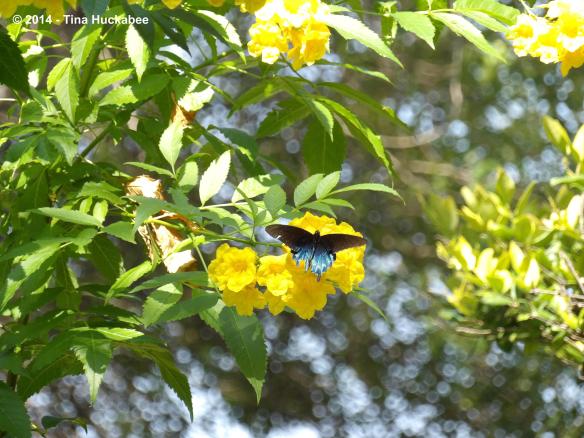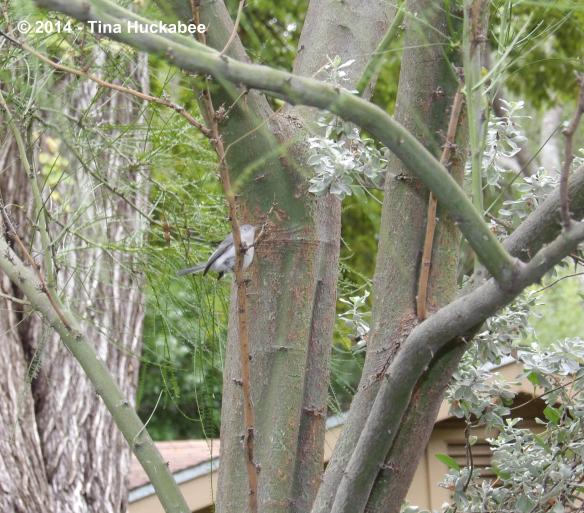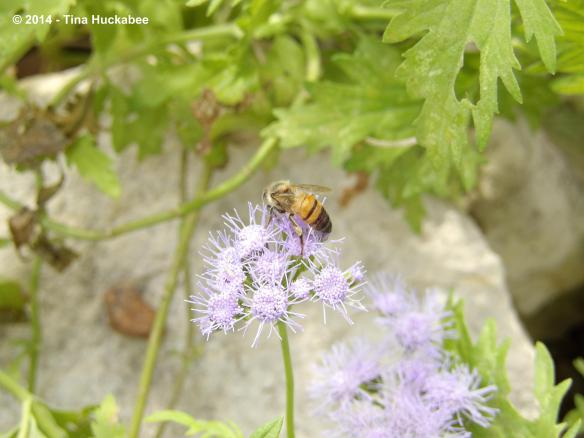I should call this month’s post: what you notice when you bother to pay attention. The reason I started Wildlife Wednesday was (unselfishly) to promote planting and gardening for wildlife and (selfishly) to improve my own observation, identification, and photographic skills. One thing I’ve learned is just how much wildlife actually resides in my gardens that I hadn’t fully appreciated. I wasn’t oblivious to the myriad of creepy, crawly, flitty pollinator/seed distributor-types, but I didn’t notice them all that much. Bees? Oh sure, they’re in the garden, but don’t ask me to tell the difference between species. The birds were easy to identify, as long as they were colorful or in some other way caught my eye. All those little brown/gray/tan things? They were just “twitty birds” to me. Butterflies, because of their obvious beauty, were much easier to discern, but I didn’t necessarily observe and identify moths or the many little skippers out there, which are important pollinators, along with the most beautiful butterfly. I’m still more likely to be aware of the conspicuous; sometimes, that’s all I have time or patience for. But in these past few months, in focusing my observations on life-beyond-the-plants, I’m amazed at what I’ve seen that I wasn’t aware of. I have grown to value, even more than before, the abundant diversity residing in my patch of the Earth.
I must have spent fifteen minutes attempting to get a decent photograph of this pollen-heavy leafcutting bee,
..as it worked the blooms of a Henry Duelberg Sage. At least I think it’s a leafcutting bee, which is categorized as a Megachile species. I was more fascinated at how this little bee moved around, so laden with pollen. At one point she rested along the stem.
Just afterwards, she lumbered away in flight, her corbiculae, which I like to call pollen pantaloons, loaded with valuable cargo. Honestly, I wasn’t sure she could fly, she was carrying so much pollen. But fly she did.
Throughout this blooming fall, I’ve seen many individuals of this species of Tachinid fly at blooming plants, like Frostweed.
The first of these flies that I saw was at a distance and I assumed it was some sort of black bumblebee. Upon closer inspection,
…it had that definite fly look about it. Those huge eyes! And don’t you just love those hairs sticking out of its abdomen?
Interestingly, I’ve observed these flies exclusively on the Frostweed and White Mistflower blooms–both white flowers, though I couldn’t find any information that suggests they prefer white blooms.
Of course, I must brag about my little honeybees,
…as they work flowers for the benefit of the hive(s).
Throughout October, I’ve seen several types of hover fly species in the gardens. The Common Oblique Syrphid, Allograpta obliqua, is remarkably photogenic.
This little “flower fly” is a beneficial garden resident as it sips nectar in its adult stage and controls aphids in its larval stage, as a little green worm. Beautiful to look at and valuable for gardens,
…they’re good garden partners.
And of course, no parade of October-in-Austin insect photos are complete without a bevy of butterfly images. The Monarchs, Danaus plexippus, have been daily visitors through most of October, nectaring on favorites like the Gregg’s Mistflower.
A relative of the Monarchs, the Queen, Danaus gilippus, also prefers Gregg’s Mistflower,
…as does the American Painted Lady, Vanessa virginiensis,
…as does the Mournful Duskywing, Erynnis tristis.
I guess the garden lesson demonstrated here is that Gregg’s Mistflower is a must-have wildlife attracting plant. It’s pretty, too.
Common in Austin, the Pipevine Swallowtail, Battus philenor, is a high, strong flyer. Though this one,
…looks a little worse for wear. It was nice to see him one sunny afternoon, because I haven’t enjoyed many of his kind visiting my gardens this year.
As we head into cooler temperatures, the various dragon and damselflies will be dormant. I spied this beauty, a Springwater Dancer, Argia plana, sunning himself on the rocks which border my pond.
He may be the last one I see this autumn, but I’m sure he and his Odonata brethren will return next spring to grace my gardens.
I think this little insect is a sweat bee of the Halictidae family. He/she was busily working a Goldeneye bloom. Small bloom, smaller bee. I thought that I would definitely find a photo and identifying information for this critter, but didn’t locate information which gives me total confidence on my identification. I’ll have to take a guess on this one.
But it’s an example of what you notice when you pay attention. Unobtrusive and small, I might not have seen this native bee (of whatever variety) if I wasn’t looking for wild visitors.
This Blue-gray Gnatcatcher, Polioptila caerulea, was hopping around in my Retama tree one Sunday afternoon as I attempted to photograph a Tufted titmouse.
The Gnatcatcher is apparently a summer resident in Central Texas, before migrating south, but I don’t know that I’ve ever seen one before.
More than likely I have seen a Gnatcatcher, but relegated it to the category of “generic neutral-colored bird,” which I’m afraid I sometimes do. My bad.
He’s another example of what you notice when you pay attention. And I never did get a decent photo of a Tufted titmouse.
This American Redstart, Setophaga ruticilla, visited and this is the best shot I could manage. 
The photo is poor quality, in part because I was so excited to find a bird that I’d never seen (I need to work on that breathe deep and focus thing), but also because he was flitty and flighty in his movements. Then my dog waddled near to where the bird was. Then the cat decided to stroll in the general vicinity of Mr. Redstart. Well, he’s no fool and he flew away. Migratory through Central Texas, on his way to Central and South America for winter, I saw him a little later in an oak tree, but it was late and he just wouldn’t cooperate for a photo. After looking at photos of both the male and female Redstarts, I believe I observed a female mid-month working her way among my perennial shrubs. Alas, no photo of her either.
The Lesser Goldfinches, Spinus psaltria, descended on the Goldeneye as the flowers went to seed.
They were around for a week or two, making themselves at home.
I haven’t seen them in about two weeks. I live on the edge of their year round habitat, but it’s possible the visiting crew headed south. I did read that they tend to move around quite a bit. I still have Goldeneye seeding out; I wish the Lessers would stop by for some meals.
And I’m always amaze at the noise the petite Carolina Wren, Thryothorus ludovicianus, makes.
This little guy is a common bird in my gardens and packs a wallop of sound from that tiny body. This fellow was singing away just after sunrise.
Lots happened in my garden during October and I’m sure yours also hosted plenty of wild action. Please join in posting about the wild garden visitors for November Wildlife Wednesday. Share the rare or mundane, funny or fascinating, beneficial or harmful critters you encounter. When you comment on my post, please remember to leave a link to your Wildlife Wednesday post so we can enjoy a variety of garden wildlife observations.
Good wildlife gardening to you!



